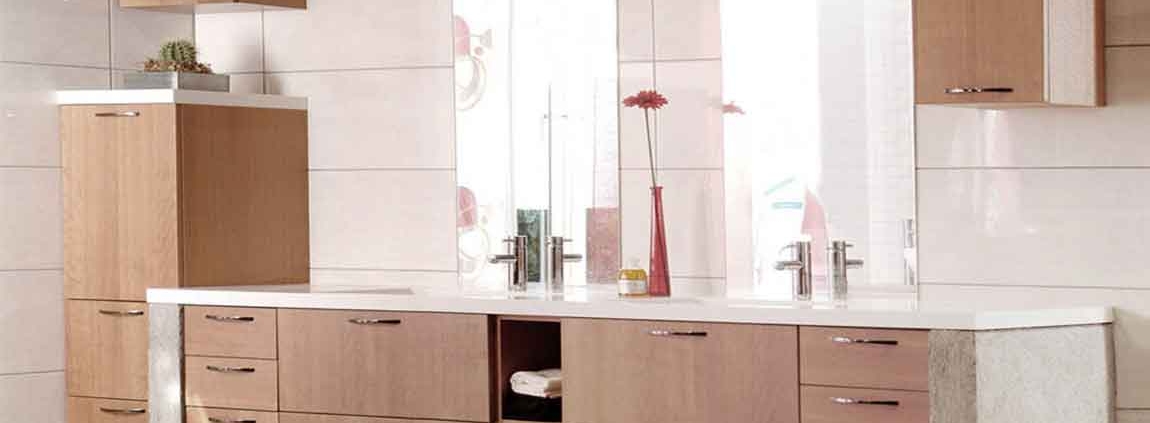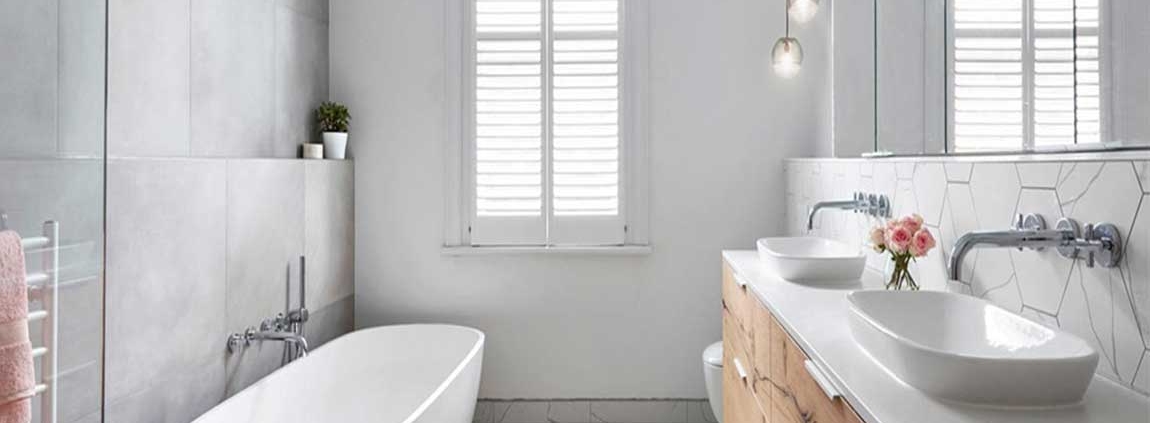How Removing Stubborn Buildup with Baking Soda?
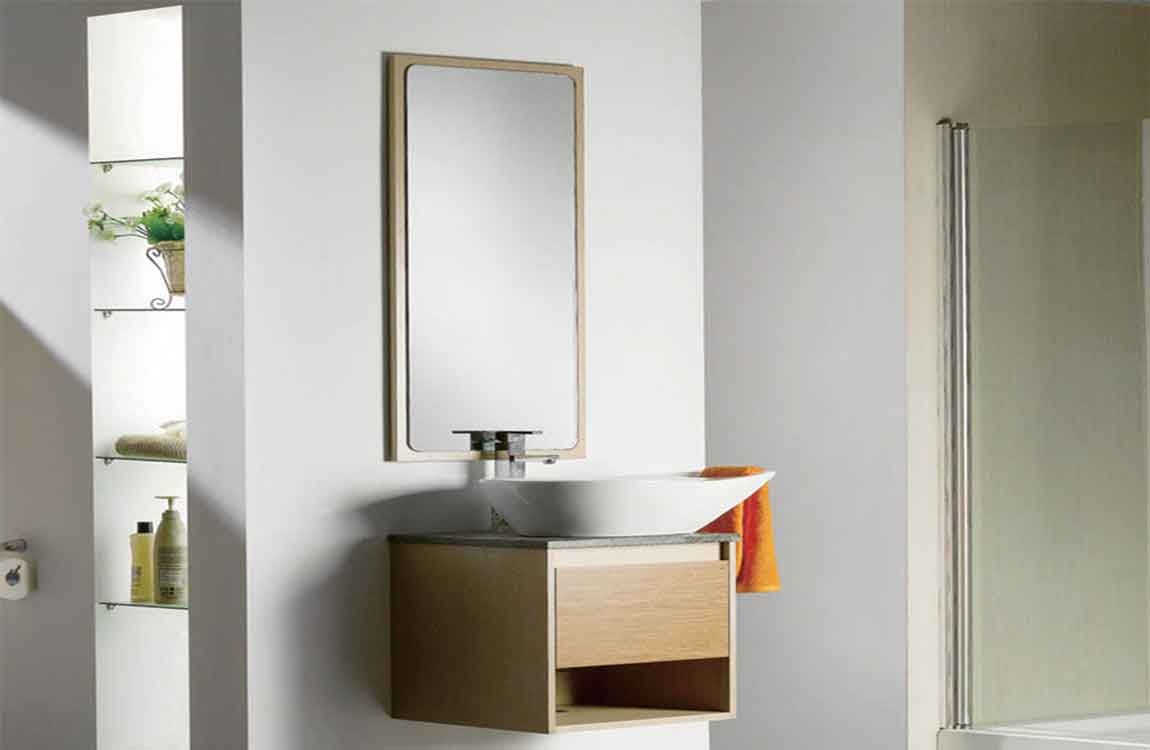
Use baking soda as a last resort. Although it is very mild compared to other abrasive cleansers, baking soda (sodium bicarbonate) can still scratch up your sink. Use it only if you can’t take off the dirt with soap and water or lemon juice.

Apply baking soda to dirty areas with a shaker. You can use a repurposed sugar shaker, or make your own shaker by punching a few holes in the lid of a jar. Shake on a generous quantity of baking soda. Make sure the sink is only slightly damp when you apply the baking soda. Baking soda dissolves quickly in water, which makes it ineffective as an abrasive.
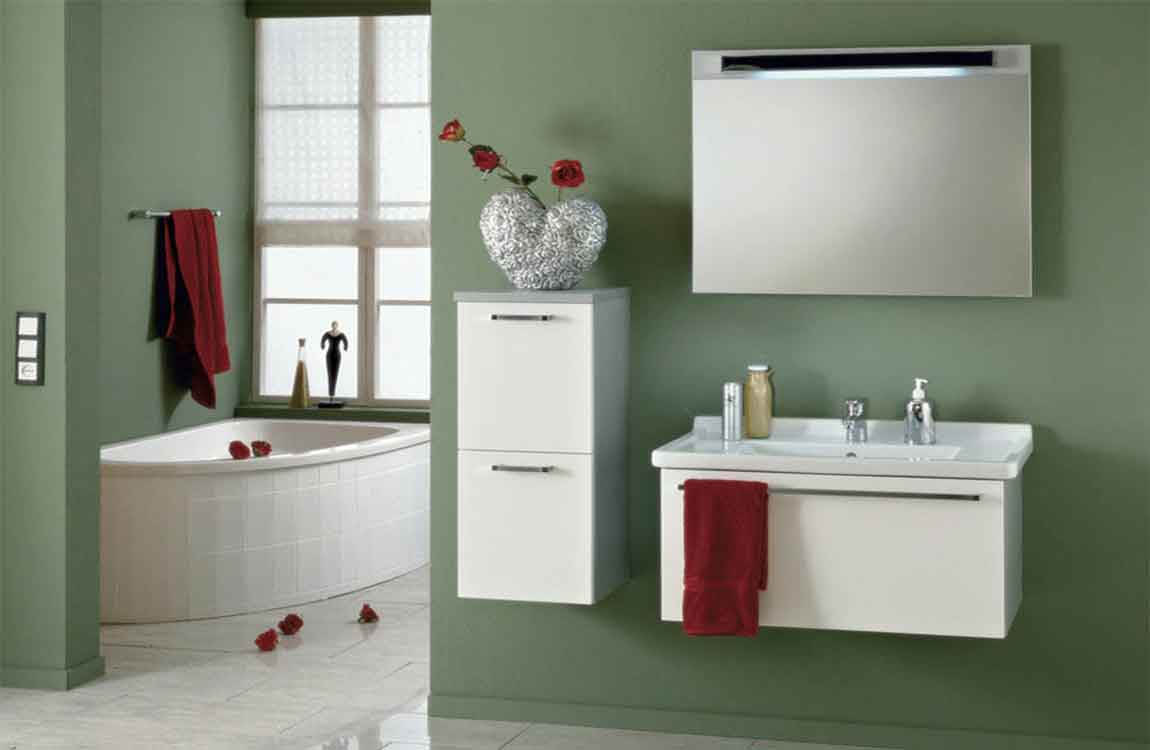
Use enough water to make a paste. If you don’t mix in enough water to make a baking soda paste, the cleaner won’t work. The paste requires the power of scrubbing just as much as it does the power of baking soda.

Carefully scrub with a sponge. Use a slightly damp (not soaking wet) scrubber to gently rub away the dirt. The baking soda should form small clumps that take the dirt with them as they come up. Use a non-scratch scrubbing sponge. Avoid steel wool or pumice stones for this purpose, as both can do a lot of damage to ceramic or porcelain sinks.
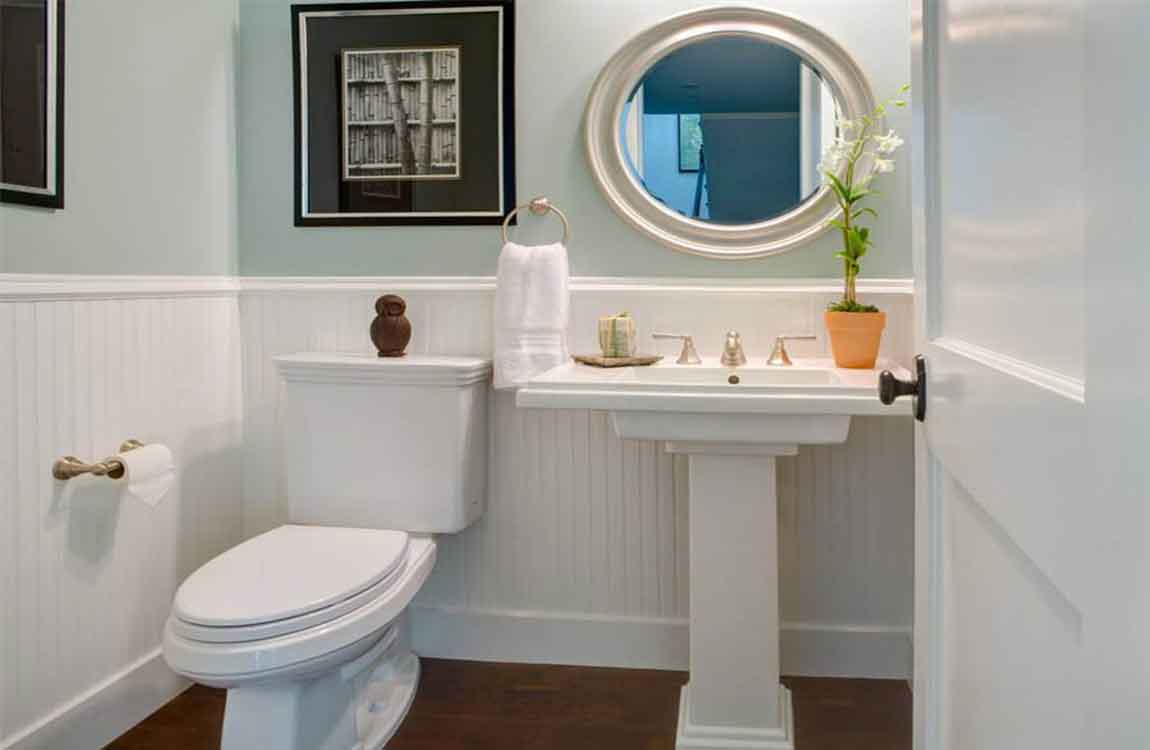
Rinse away the baking soda. Run some cold water into the sink and rinse away any remaining dirt and baking soda. Wipe down with a clean, dry towel or rag. Attach the grille. Return to the bathroom and install the motor blower assembly by plugging it into the receptacle and screwing to secure. Attach the decorative plastic grille, then turn the power back on to test if your new bathroom fan is working.

